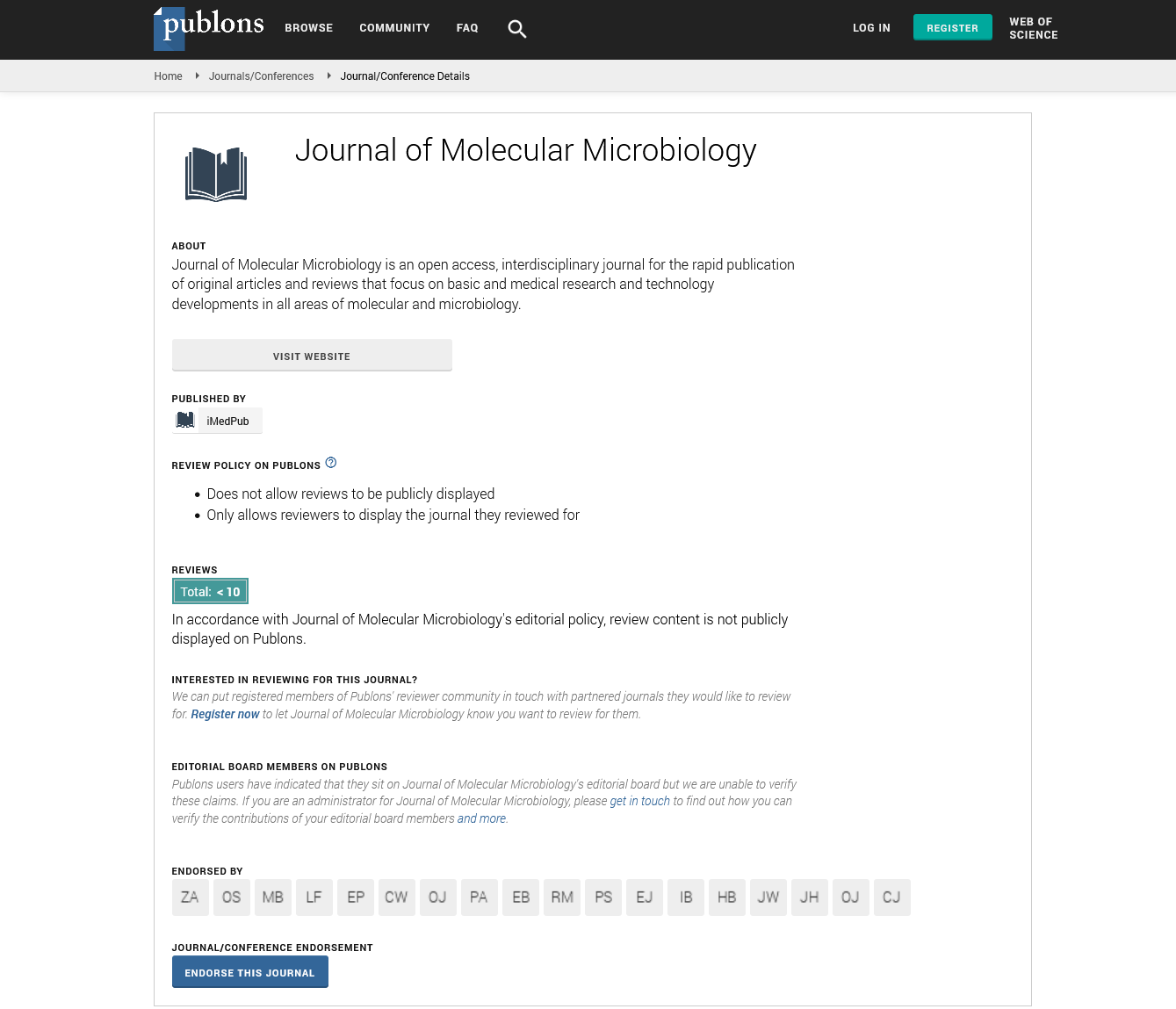Fungal Strains
Fungal strains isolated from weathered sandstone included oxalic, fumaric and succinic acid forming strains of Penicillium and Fusarium, with oxalic acid forming of Penicillium corylophilum only when grown in the presence of the Monoraphidium braunii alga.
Trichoderma genus fungal strains include a wide range of evolutionary solutions ranging from highly effective soil colonizers with high potential for biodegradation to non-strict rhizosphere-colonizing plant symbionts. Within this conglomerate some groups of biotypes are able to antagonize phytopathogenic fungi by using colonization of substrates, antibiosis and/or mycoparasitism as the main mechanisms.
All the fungal strains studied to date are capable of using a wide variety of soluble sugars as sources of energy. The pattern of sugar use varies by species and strains, except for arabinose, fucose, mannose, and galactose. There is no question that hypovirulence and the related traits of strain XG36-1 and other strains are caused by mycoviruses or other mobile components.
High Impact List of Articles
-
Is Mycobacterium africanum Constitute a Public Health Problem in Douala: The Most Cosmopolite Town of Cameroon
Onana Ariane Tatiana, Koro Koro Francioli, Mokam Fotso Blanche, Ateugieu Guemechieu Romaric, Tchamba Magloire, Somo Moyou Roger, Ngono Ngane Rosalie Annie and Etoa Francois-XavierResearch Article: Journal of Molecular Microbiology
-
Is Mycobacterium africanum Constitute a Public Health Problem in Douala: The Most Cosmopolite Town of Cameroon
Onana Ariane Tatiana, Koro Koro Francioli, Mokam Fotso Blanche, Ateugieu Guemechieu Romaric, Tchamba Magloire, Somo Moyou Roger, Ngono Ngane Rosalie Annie and Etoa Francois-XavierResearch Article: Journal of Molecular Microbiology
-
Molecular Identification, Prevalence and Antimicrobial Susceptibility Profile of Cronobacter spp. Cultivated on a Chromogenic Medium in Libya
Aboubaker M Garbaj, Said K Abolghait, Aml F Lawila, Salah M Azwai, Hesham T Naas, Ashraf A Moawad, Fatim T Gammoudi, Ilaria Barbieri, Salem Abureema, Ibrahim EldaghayesResearch Article: Journal of Molecular Microbiology
-
Molecular Identification, Prevalence and Antimicrobial Susceptibility Profile of Cronobacter spp. Cultivated on a Chromogenic Medium in Libya
Aboubaker M Garbaj, Said K Abolghait, Aml F Lawila, Salah M Azwai, Hesham T Naas, Ashraf A Moawad, Fatim T Gammoudi, Ilaria Barbieri, Salem Abureema, Ibrahim EldaghayesResearch Article: Journal of Molecular Microbiology
-
Detection of the Antibiotic Resistance Pattern in Escherichia Coli Isolated from Urinary Tract Infections in Tabriz City
Abolfazl Jafari-Sales and Farnaz Rasi-BonabResearch Article: Journal of Molecular Microbiology
-
Detection of the Antibiotic Resistance Pattern in Escherichia Coli Isolated from Urinary Tract Infections in Tabriz City
Abolfazl Jafari-Sales and Farnaz Rasi-BonabResearch Article: Journal of Molecular Microbiology
-
Molecular Microbiology and Statins Frontier
Hayder M Al-kuraishyEditorial: Journal of Molecular Microbiology
-
Molecular Microbiology and Statins Frontier
Hayder M Al-kuraishyEditorial: Journal of Molecular Microbiology
-
Molecular Microbiology as Important Epidemiological Approach for New Emerging Infection
Viroj WiwaniktitEditorial: Journal of Molecular Microbiology
-
Molecular Microbiology as Important Epidemiological Approach for New Emerging Infection
Viroj WiwaniktitEditorial: Journal of Molecular Microbiology
Conference Proceedings
-
Next generation biotherapeutic production system: The filamentous fungus Trichoderma reesei
Christopher P Landowski, Anne Huuskonen, Ramon Wahl, Ann Westerholm-Parvinen, Benjamin Sommer, Merja Penttila, Jari Natunen, Christian Ostermeier, Bernhard Helk, Juhani Saarinen and Markku SaloheimoPosters & Accepted Abstracts: Medical Mycology: Open Access
-
Next generation biotherapeutic production system: The filamentous fungus Trichoderma reesei
Christopher P Landowski, Anne Huuskonen, Ramon Wahl, Ann Westerholm-Parvinen, Benjamin Sommer, Merja Penttila, Jari Natunen, Christian Ostermeier, Bernhard Helk, Juhani Saarinen and Markku SaloheimoPosters & Accepted Abstracts: Medical Mycology: Open Access
-
Shiping Tian has her expertise in postharvest biology and technology in fruits. Her research fields mainly focus on Molecular mechanism of fruit ripening, senescence and quality maintenance; pathogenicity and mycotoxin biosynthetic pathway of fungal pathogens and regulating mechanisms; induced resis
Balbina J PlotkinKeynote: Medical Mycology: Open Access
-
Shiping Tian has her expertise in postharvest biology and technology in fruits. Her research fields mainly focus on Molecular mechanism of fruit ripening, senescence and quality maintenance; pathogenicity and mycotoxin biosynthetic pathway of fungal pathogens and regulating mechanisms; induced resis
Balbina J PlotkinKeynote: Medical Mycology: Open Access
Relevant Topics in Immunology & Microbiology
Google Scholar citation report
Citations : 86
Journal of Molecular Microbiology received 86 citations as per Google Scholar report
Journal of Molecular Microbiology peer review process verified at publons
Abstracted/Indexed in
- Google Scholar
- Publons
Open Access Journals
- Aquaculture & Veterinary Science
- Chemistry & Chemical Sciences
- Clinical Sciences
- Engineering
- General Science
- Genetics & Molecular Biology
- Health Care & Nursing
- Immunology & Microbiology
- Materials Science
- Mathematics & Physics
- Medical Sciences
- Neurology & Psychiatry
- Oncology & Cancer Science
- Pharmaceutical Sciences
